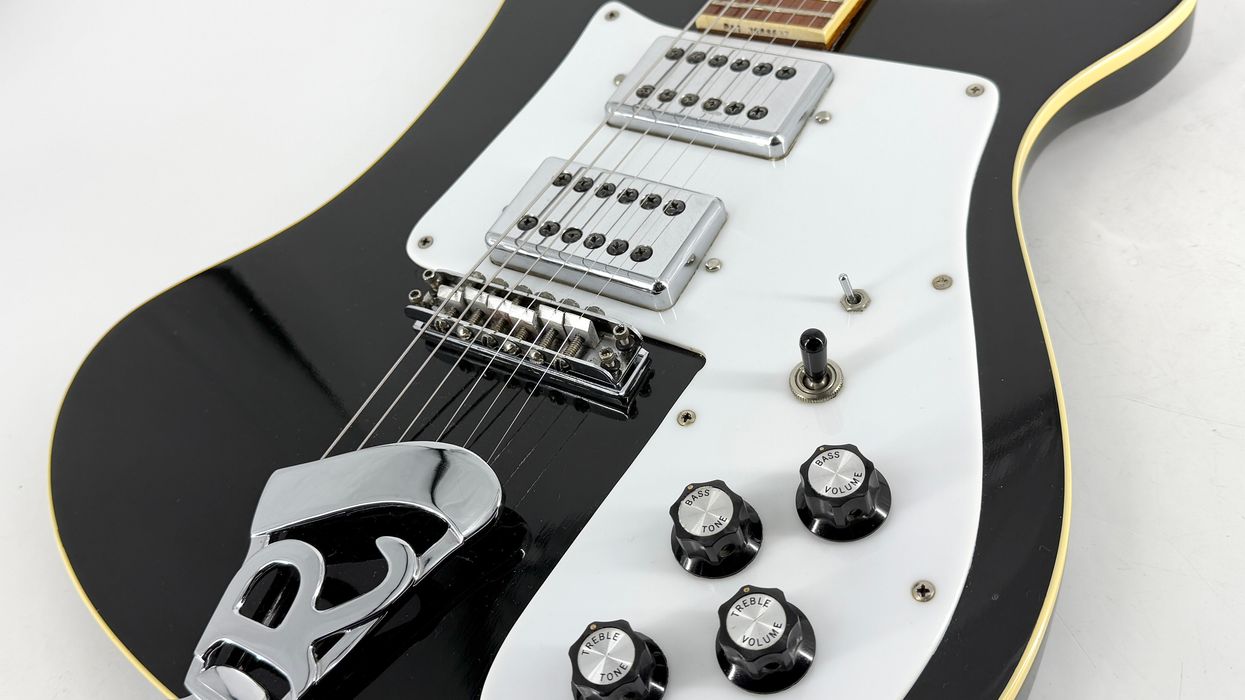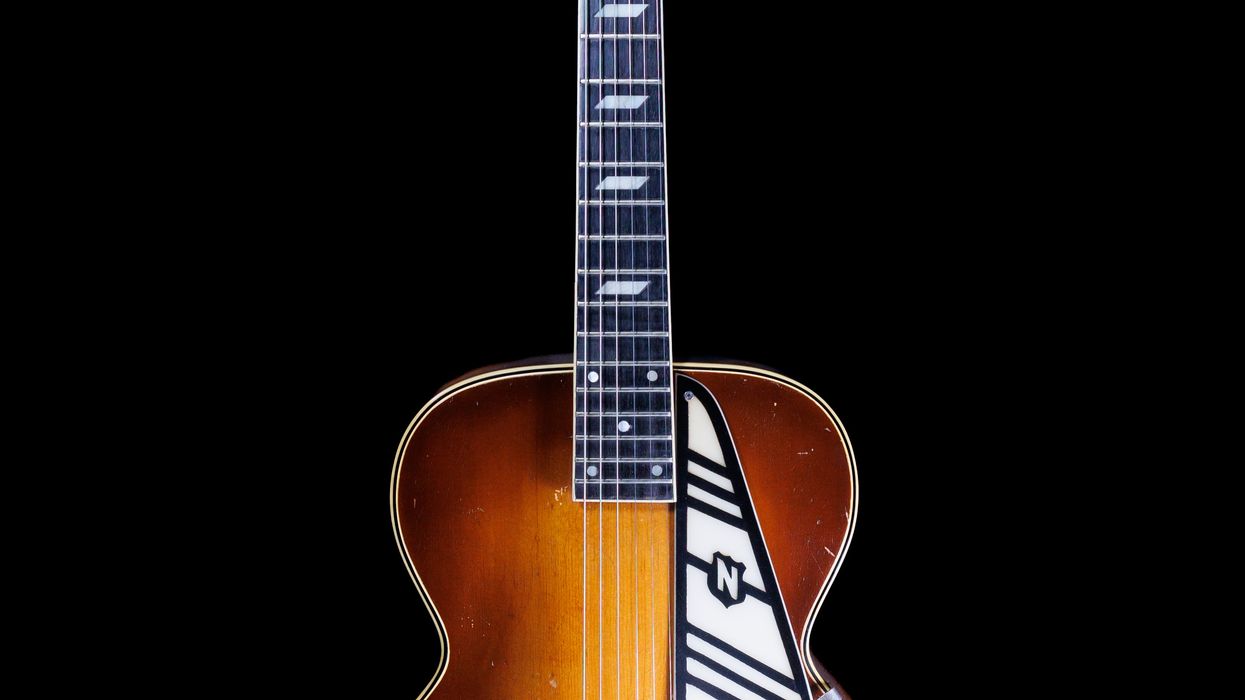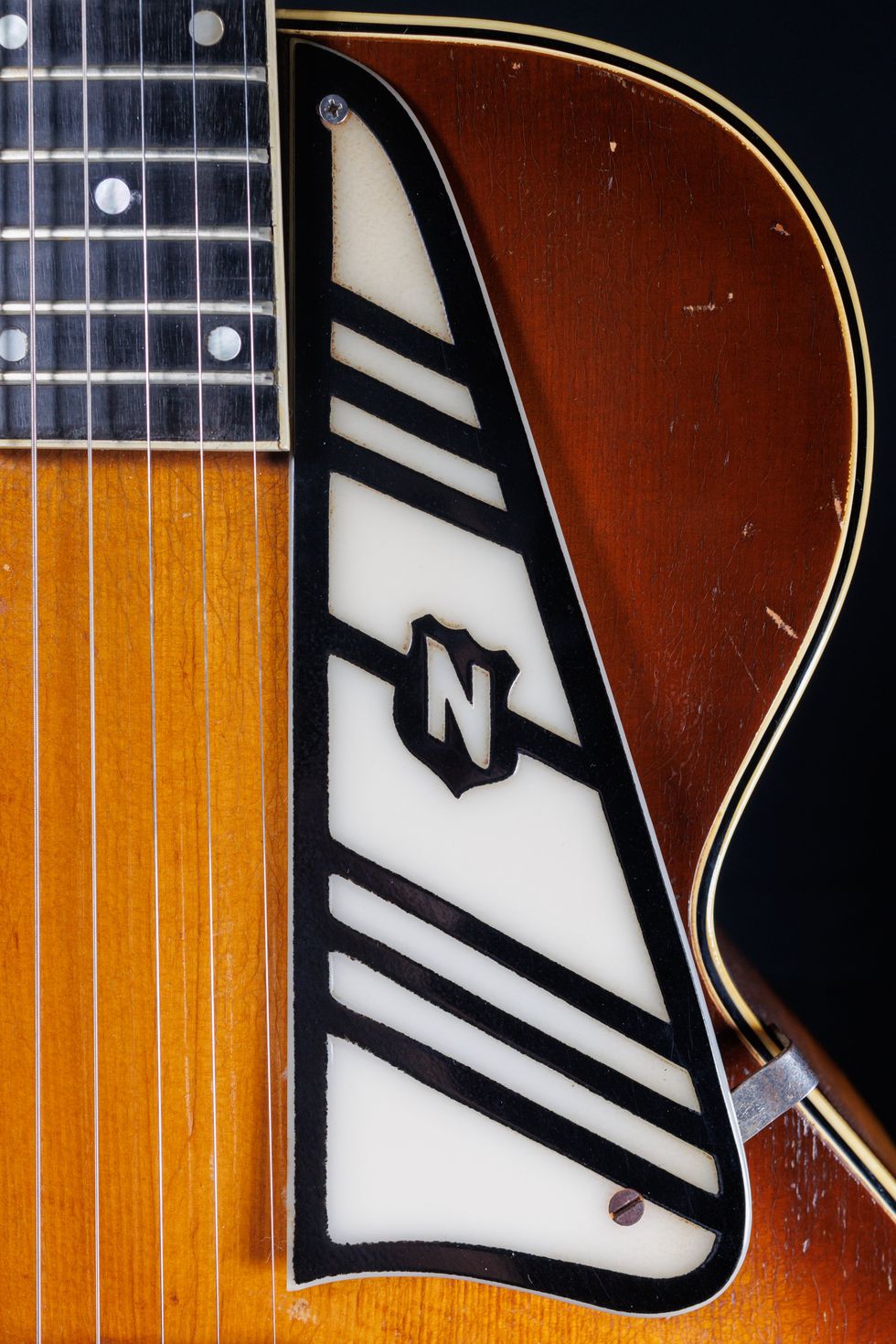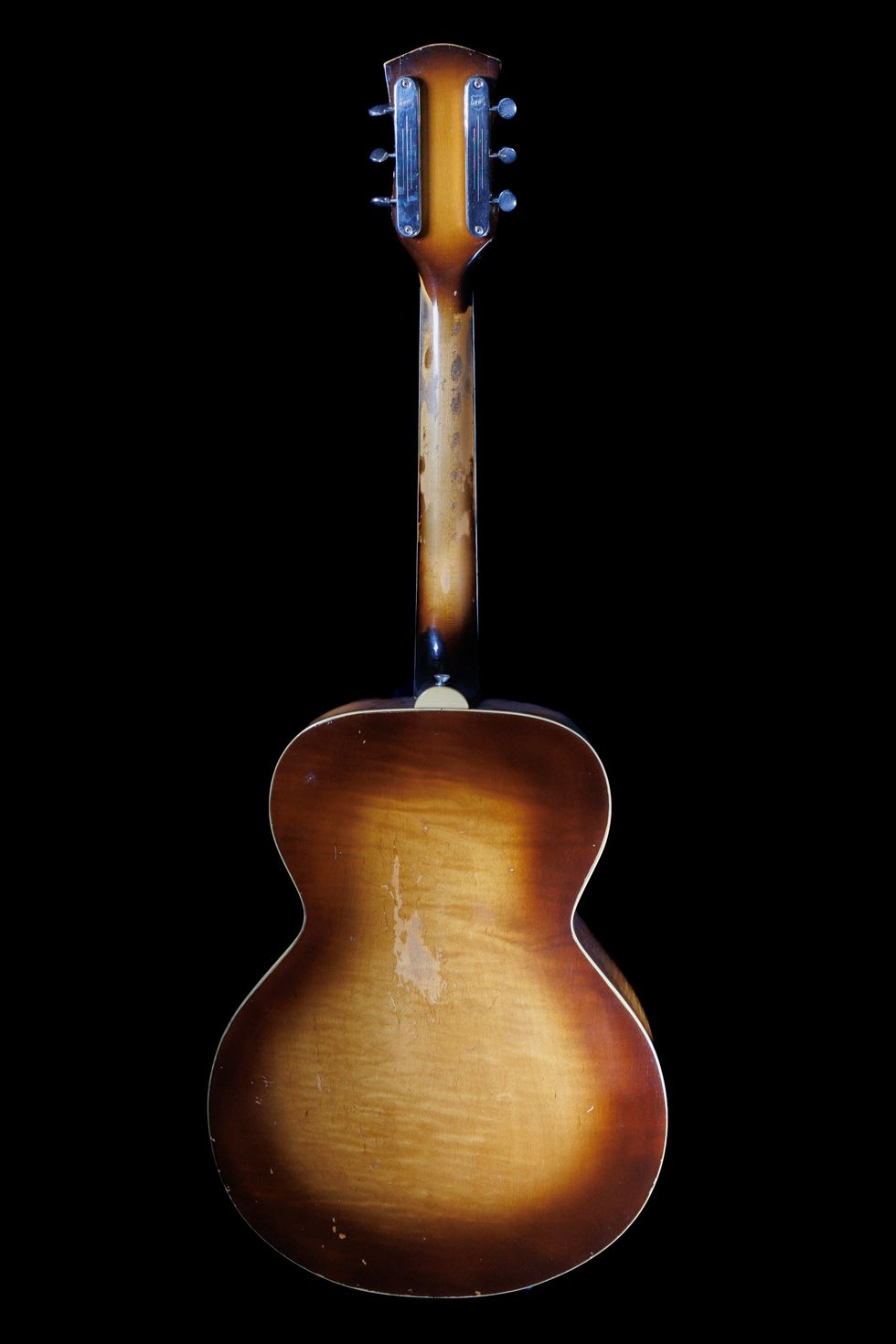From around 1900 up until World War II, Swedish immigrant brothers Carl and August Larson’s two-man, Chicago-based workshop turned out an amazing assortment of handmade instruments. Their products ranged from ukuleles to harp guitars, standard guitars, mandolins, mandolas, mandocellos, and even a mandobass. I found this 97-year-old Larson brothers flattop at the 1994 New York Guitar Show, when interest in the brothers’ work was on the rise but the actual instruments were hard to find, with even many experienced dealers knowing little about them.
The brothers’ instruments manifested some advanced designs: Their guitars were steel-strung decades before Martins. Tops and backs were built with a slight arch—“built under tension”—and August patented an ingenious laminated X-bracing system in 1904. The main brace was a sandwich of spruce with an ebony or rosewood center strip, which increased strength without significantly adding weight. Their name would be better remembered if they put it on the instruments, but they never did. Much of their output was marketed under other sellers’ names; in-house brands included Maurer, Prairie State, and Euphonon, but never Larson.
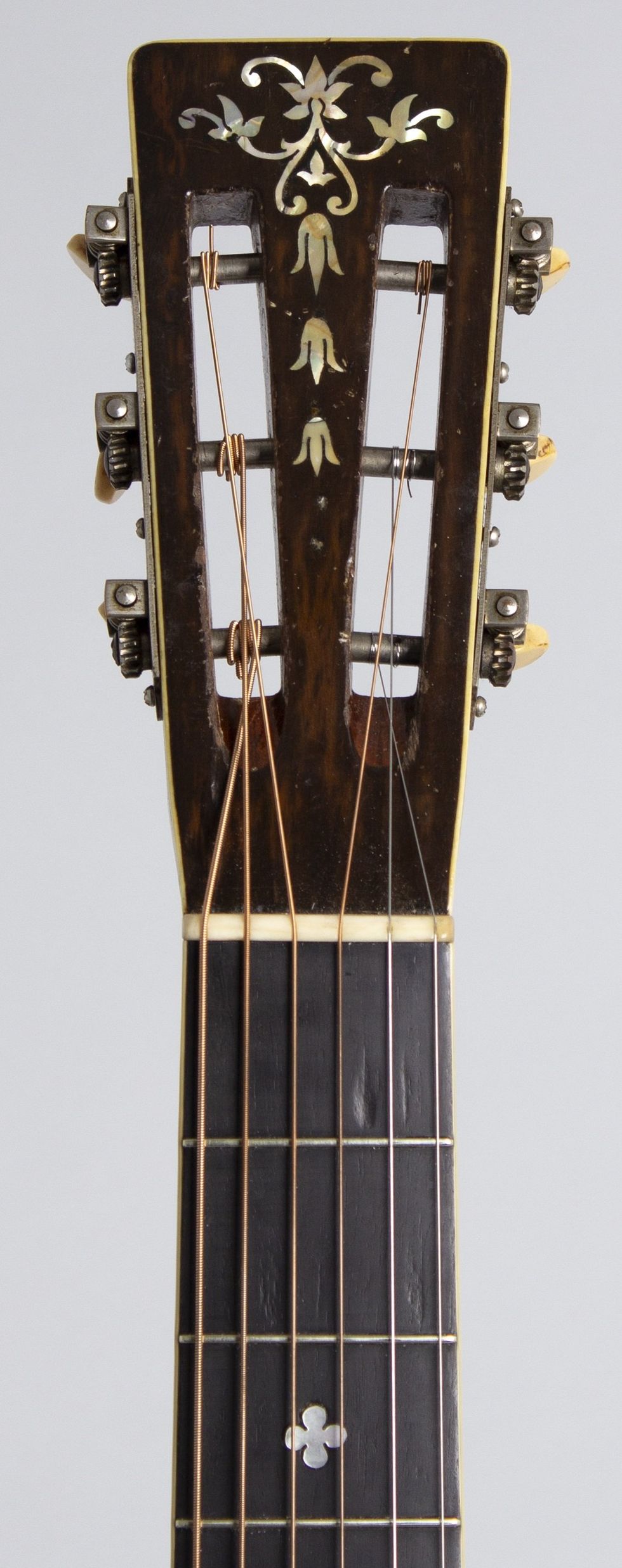
The headstock is overlaid with Brazilian rosewood and accented with a pearl floral pattern inlay.
Photo by George Aslaender
This guitar was built for William C. Stahl, a mandolin virtuoso who turned to teaching and publishing, and one of the brothers’ largest accounts. While primarily promoting mandolins, he also sold guitars. Not all were Larsons, but the brothers’ wares made up much of his line, and Larson-built instruments would appear in Stahl’s trade ads by 1907. He claimed they were built under his “personal supervision,” which is unlikely, as Stahl lived in Milwaukee! Stahl denigrated “machine-made” instruments; his were “handmade … reasonable in price and perfect as human hands can make them … the loudest and sweetest-toned in the world.”
Some Stahls carry a paper label; others, like this, show a “Wm. C. Stahl, Maker, Milwaukee” hot stamp on the back strip. Stahl’s 1912 catalog offered a range of guitars; this most resembles the Solo Style 8. According to Larson historian Robert Carl Hartman, the serial number indicates that it was constructed in 1927. A 12-fret, 13 1/2″-wide concert-size guitar, it sports many typical higher-grade Larson appointments. The back and sides are Brazilian rosewood, with more figure than the straight grain Martin preferred. The spruce top has laminated X-bracing; many Stahl guitars did not. August Larson may have originally intended to reserve his patented system for his own wares, but perhaps by the 1920s, the distinction was lost.
“Their name would be better remembered if they put it on the instruments, but they never did.”
Visually, this instrument is quite elaborate. The top is bordered in ivoroid with delicate half-herringbone wood marquetry bands bordering abalone inlay, as is the soundhole. The back is triple bound with marquetry down the center. The flat-pyramid ebony bridge has engraved pearl stars on each end. The 24 3/4″-scale mahogany neck is carved to a wide but comfortable round-backed shape, and is 1 7/8″ wide at the nut. Most period guitars (including Martins) usually featured a “V” profile, along with an “ovaled,” or arched, fretboard, so this gives a surprisingly modern feel for a 97-year-old guitar.
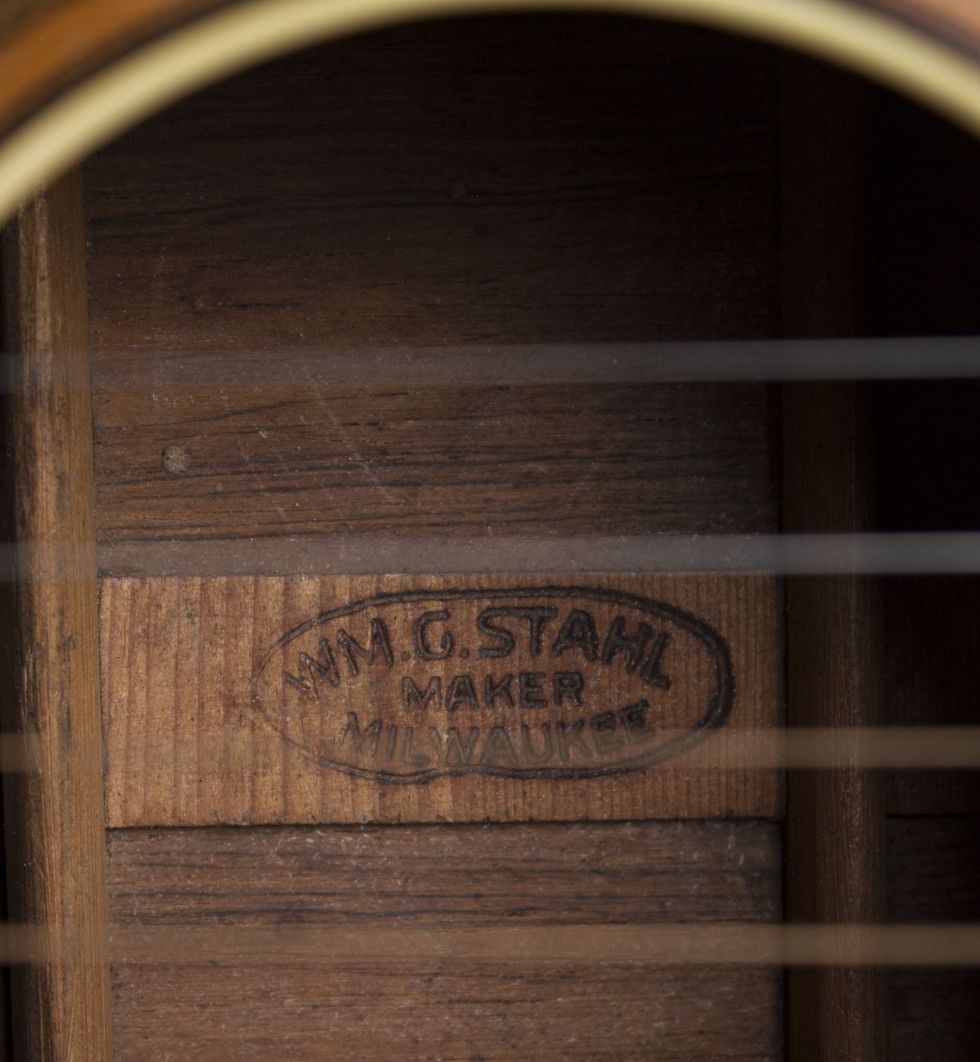
This guitar was made for William C. Stahl, and has a “Wm. C. Stahl, Maker, Milwaukee” hot stamp on the back strip.
Photo by George Aslaender
The thick ebony board is bound and inlaid with shaped pearl pieces and dots, while the headstock is overlaid with Brazilian rosewood, accented with a pearl floral pattern inlay. The tuners are engraved ivoroid-button strips typical of the period. A number of Stahl guitars of this pattern are known, including one rather famous example with a colorful history of ownership by Eric Clapton, Jimi Hendrix, and Felix Pappalardi of Mountain, who used it on the evocative song “The Laird” from Mountain Climbing!
Larson products have distinctive construction and finishing traits fairly consistent through a 40-plus year span and amazing range of designs. The guitars often have a distinct sonic character. I characterize this one like an acoustic version of a good Telecaster; singing high end that never gets shrill, a tight, well-defined bass, and shimmering mids with more natural reverb than many flattops. It records extremely well, being particularly responsive to open tunings where the overtones mingle but retain their clarity.
This guitar has seen some ups and downs over the last century: The finish shows numerous wear marks and scratches with repaired cracks to the back and sides. The neck was reset and the bridge is a replica with a compensated saddle. None of this has impeded its sound at all.
When Stahl promoted his instruments a century ago, he wrote, “The music of the future won’t be the caterwauling of gut. It will be the virile pulsing of the plucked steel-string,” claiming, “No instruments can be made any better.” This pearl-trimmed gem goes a long way towards proving both points.
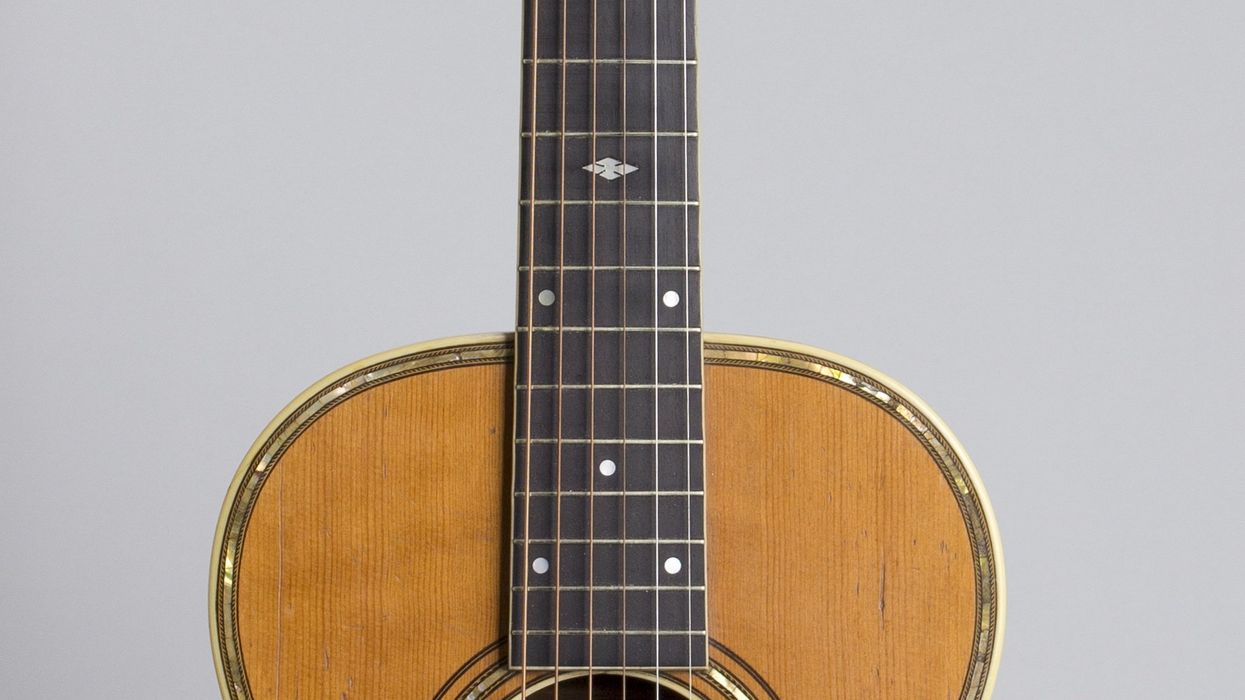

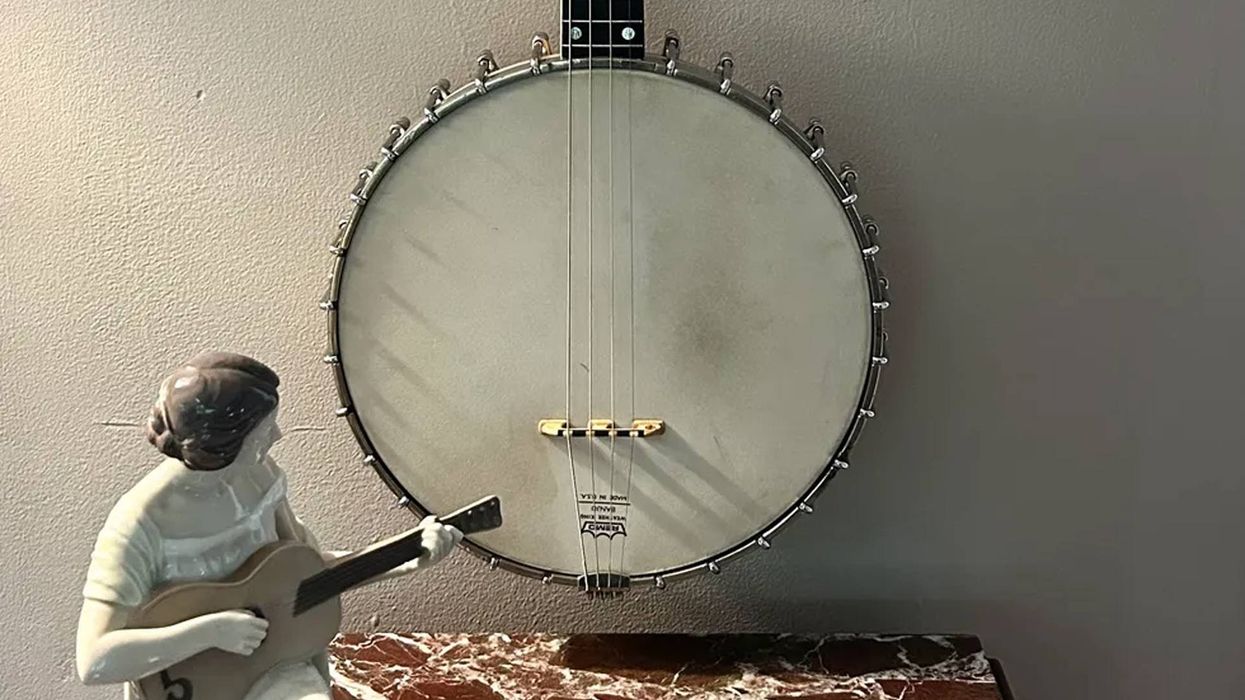

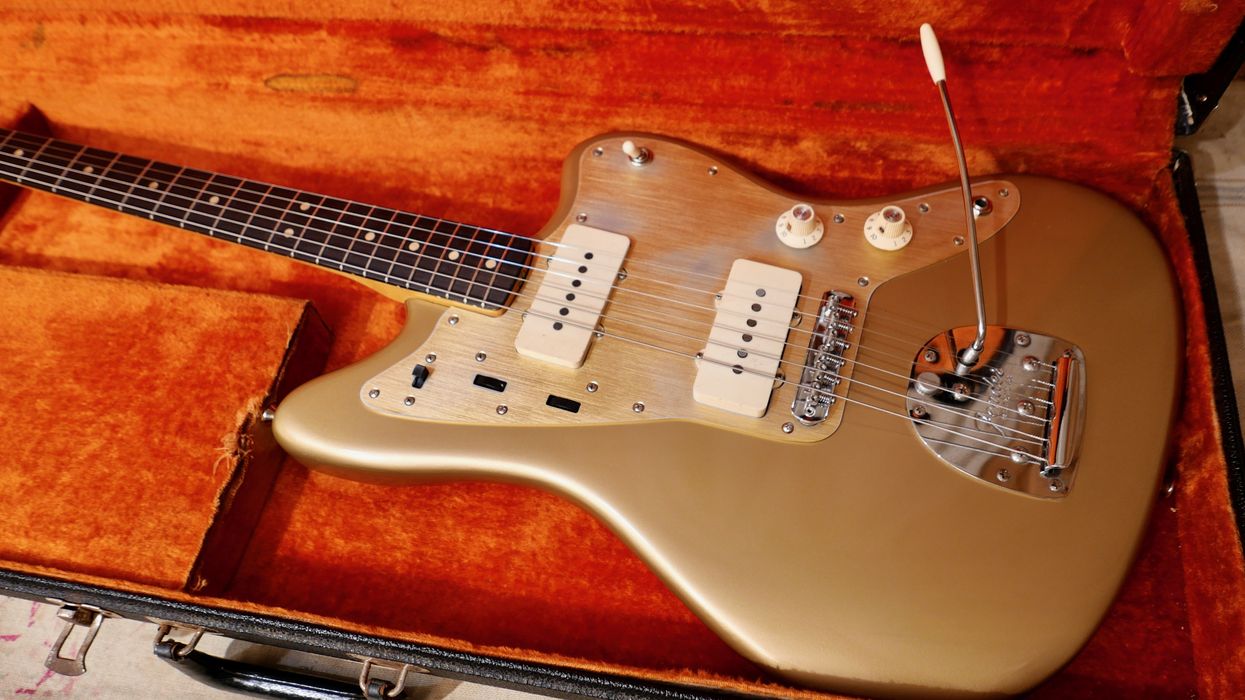

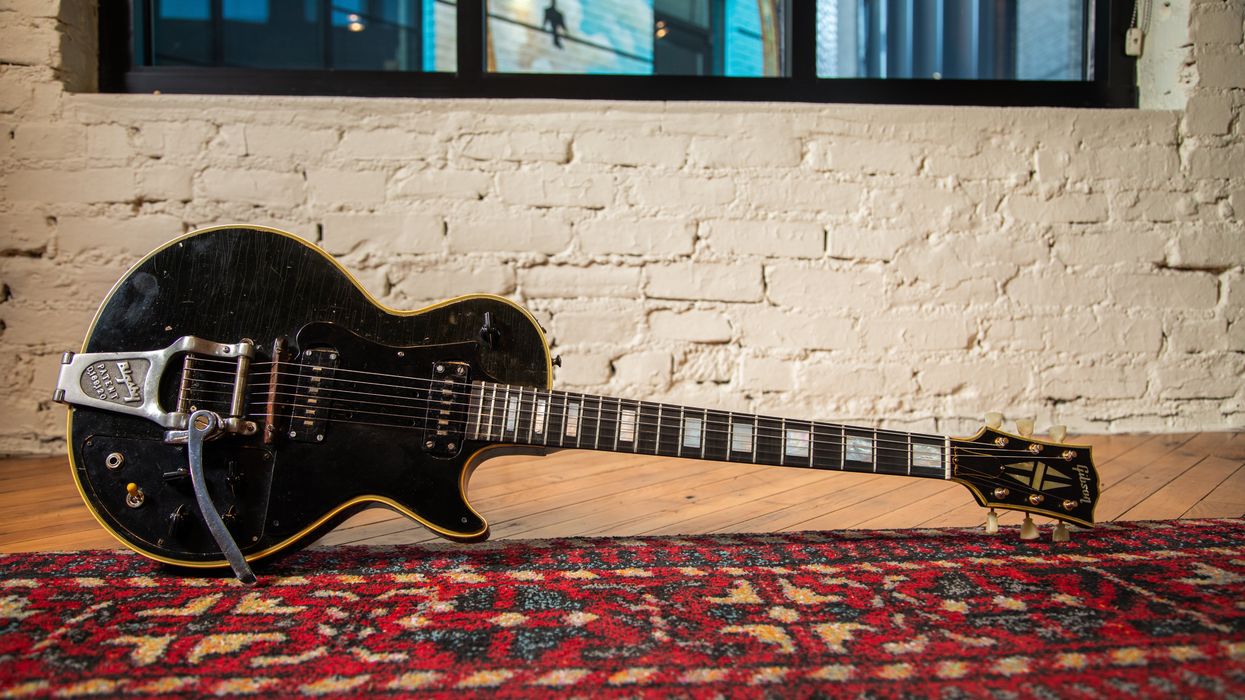
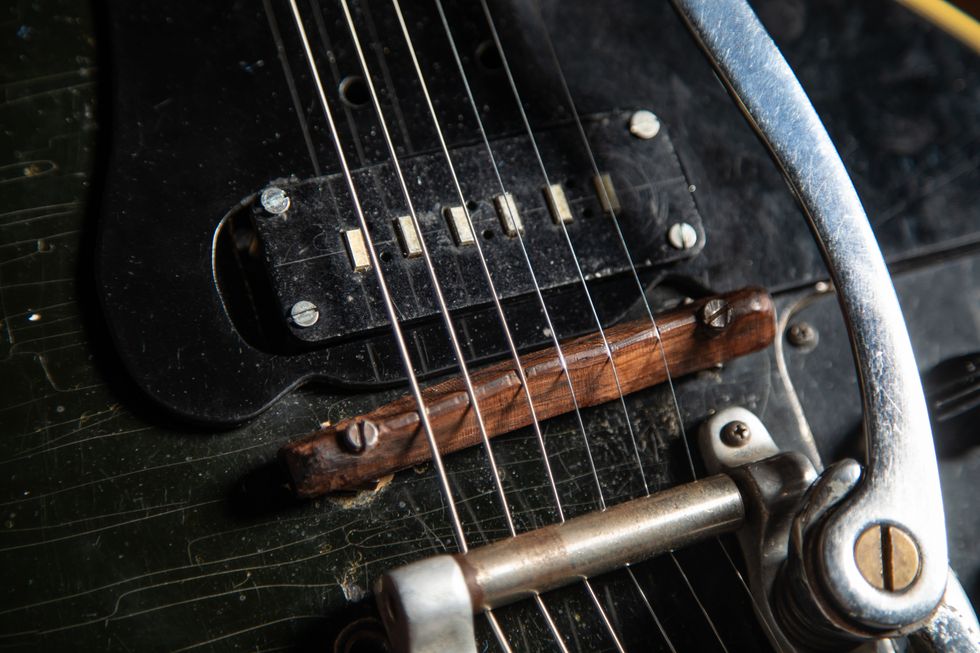
![Devon Eisenbarger [Katy Perry] Rig Rundown](https://www.premierguitar.com/media-library/youtube.jpg?id=61774583&width=1245&height=700&quality=70&coordinates=0%2C0%2C0%2C0)


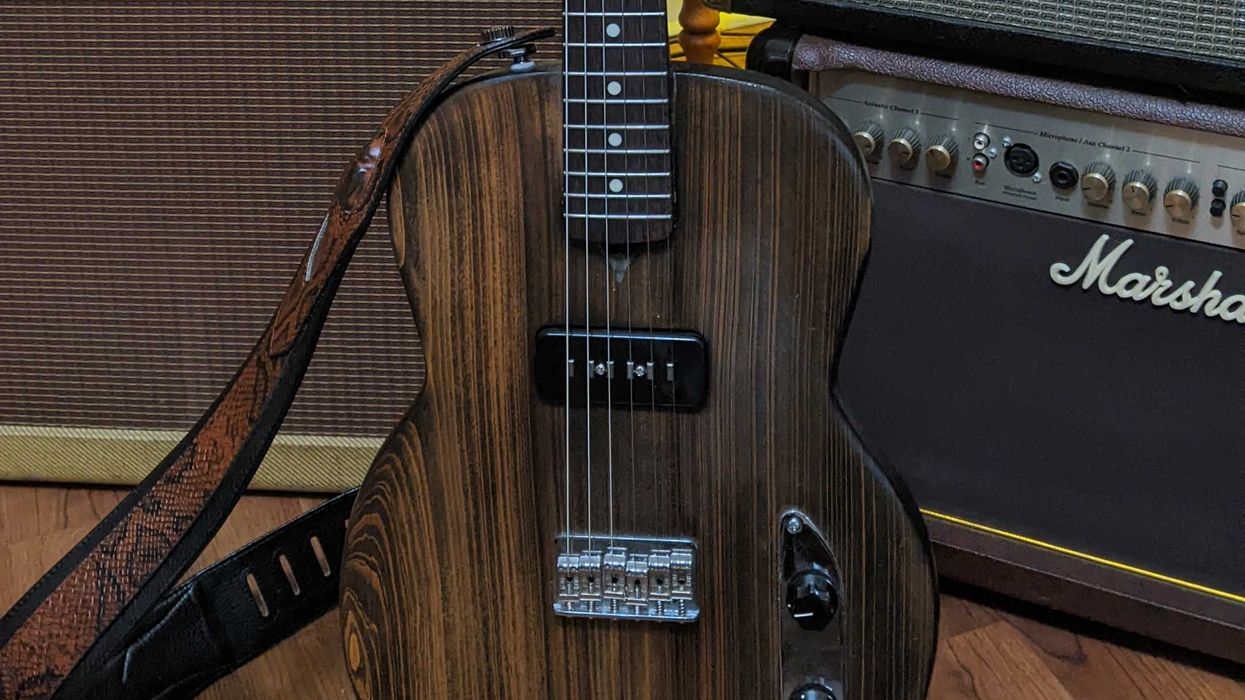

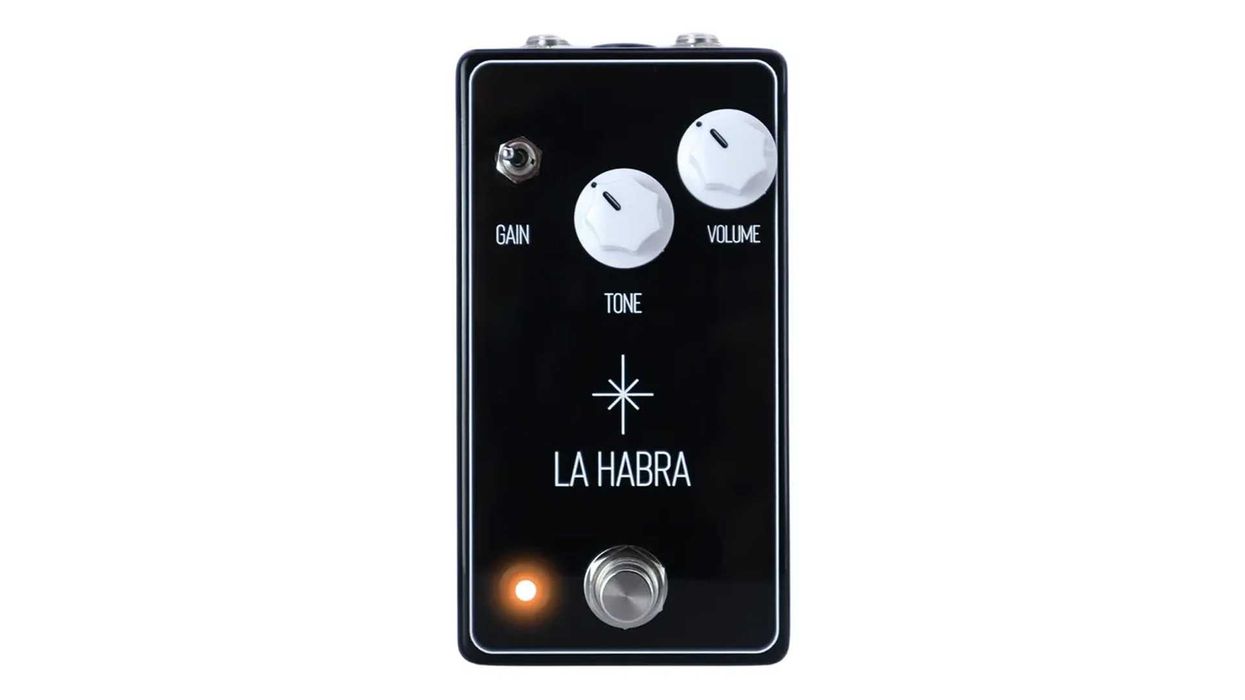

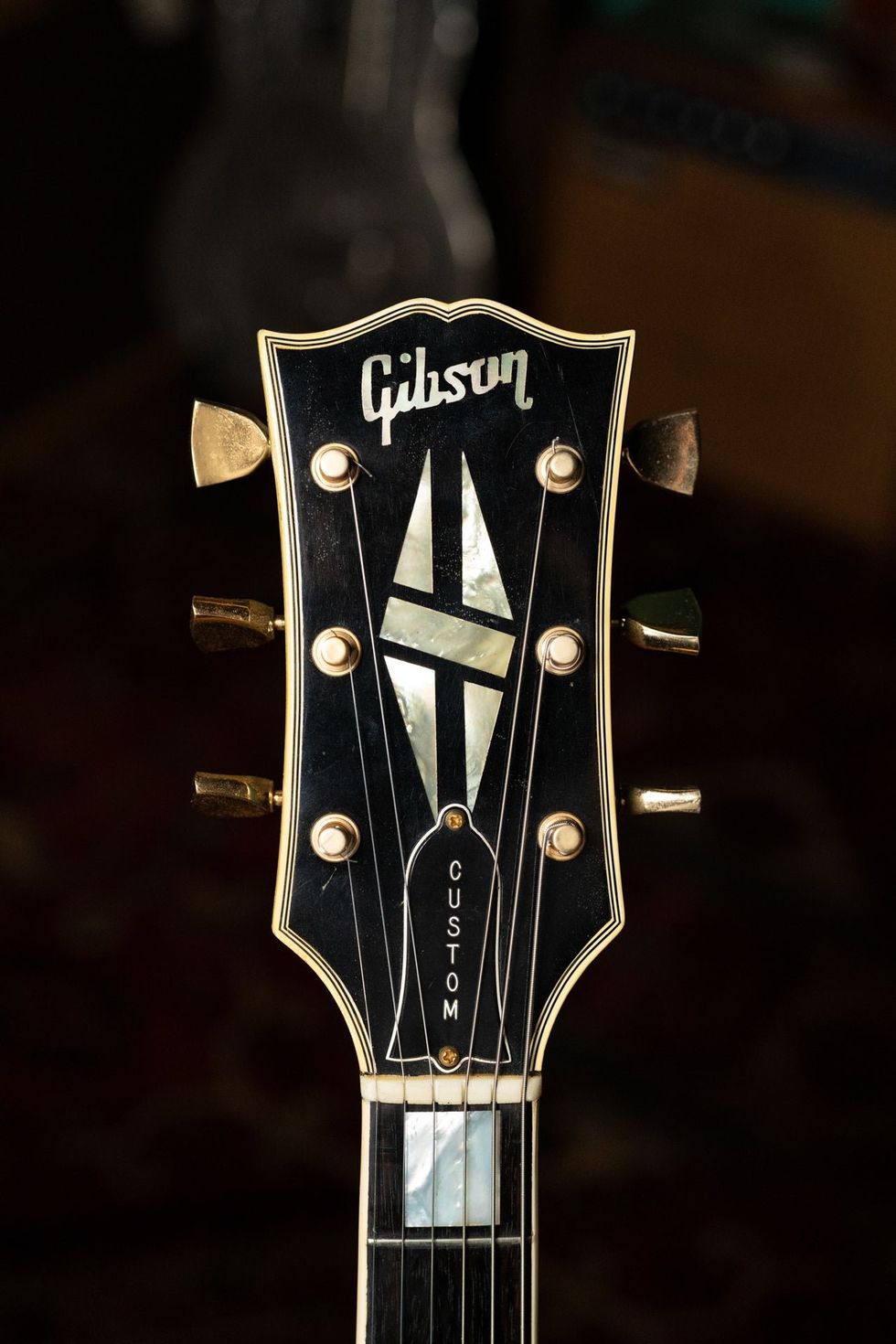
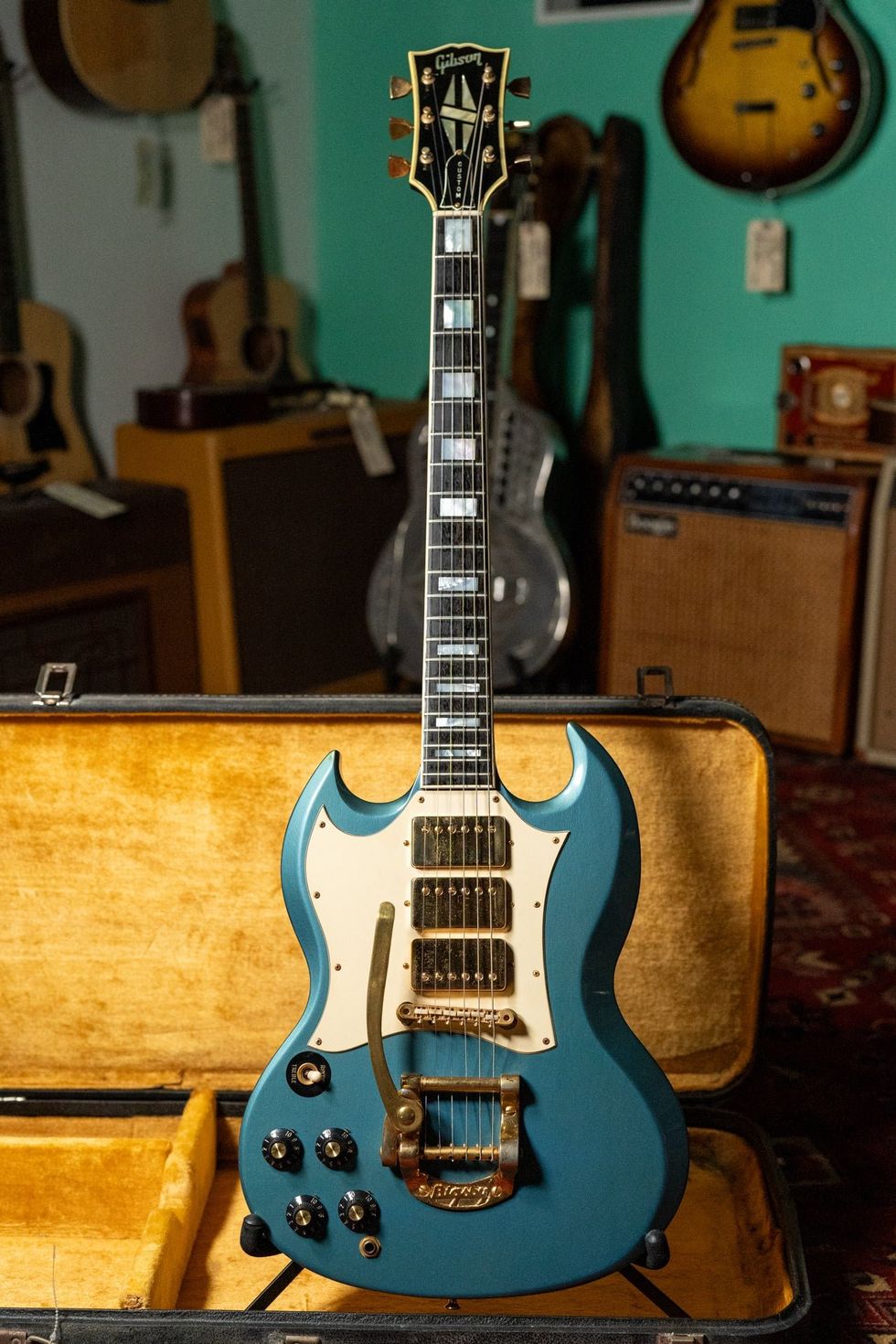 Whether or not Jimi Hendrix actually played this guitar might come down to how lucky its buyer feels.Photo courtesy of Imperial Vintage Guitars Reverb Shop
Whether or not Jimi Hendrix actually played this guitar might come down to how lucky its buyer feels.Photo courtesy of Imperial Vintage Guitars Reverb Shop

